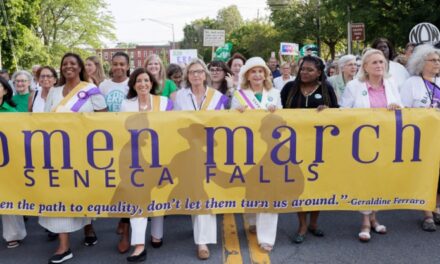Women who are at average risk for breast cancer should start mammogram screening at age 40 and get one every two years until age 74. That’s the latest updated recommendation from the U.S. Preventive Services Task Force (USPSTF), an independent, volunteer panel of national experts that makes recommendations focused on disease prevention.
Previously, the USPSTF said that women should start mammograms—X-ray examinations of the breast used to detect cancer and other breast diseases—at age 50. The new advice does not apply to women considered high risk, including those who have had breast cancer, carry genetic mutations that increase cancer risk, have had high-risk breast lesions on previous biopsies, or have experienced high-dose chest radiation before age 30. Women in this category should continue to follow their doctor’s advice on screening age and frequency.
The change is not based on new scientific data but a review of existing studies on breast cancer screening programs, cancer cases, and deaths in the United States. Breast cancer is the second most common cancer in women in the U.S., and the death rate is highest among Black women.
“For many years, there has been much debate about when women between ages 40 and 50 should start mammograms,” says Eric Winer, MD, director of Yale Cancer Center, as well as president and physician-in-chief of the Smilow Cancer Hospital Yale New Haven Health System.
For example, the American Cancer Society (ACS) recommends that women at average risk of breast cancer get a mammogram every year between ages 45 and 54. Women 55 and older can switch to a mammogram every other year or continue with yearly mammograms, the ACS says, with screening continuing at an annual or biennial (every other year) interval if they are in good health and expected to live 10 or more years.
Below, we talked more with Dr. Winer about the recommendations and what they mean for women.



